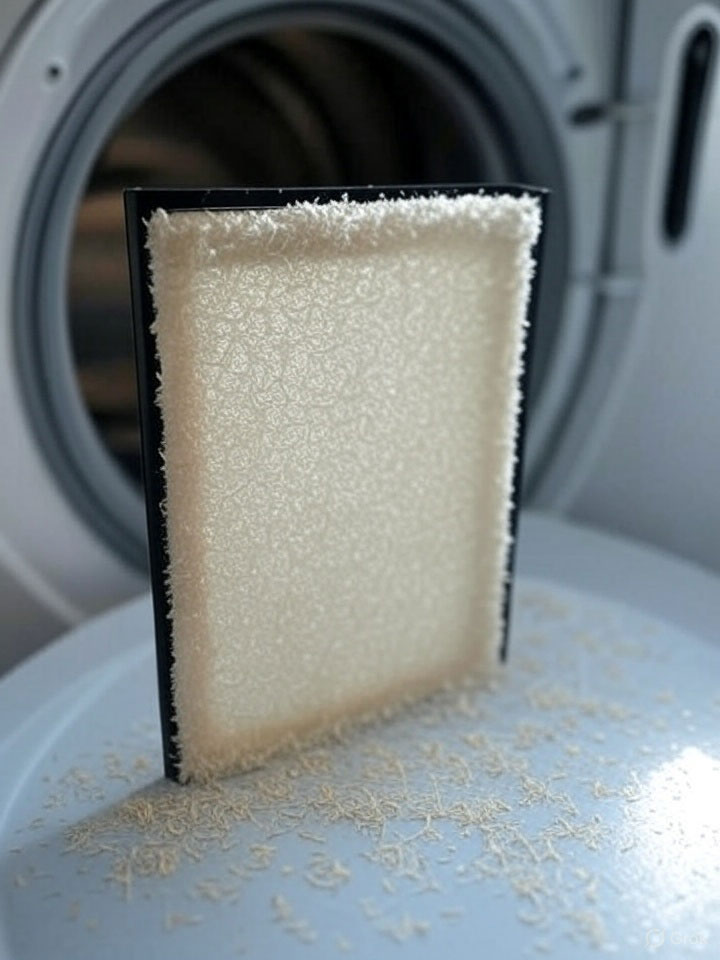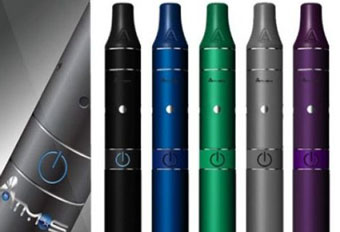Every time we do laundry, our washing machines inadvertently contribute to a growing environmental crisis, namely, microfiber pollution. These tiny plastic fibers, often invisible to the naked eye, shed from synthetic fabrics and make their way into our waterways, posing significant threats to aquatic life and ecosystems. However, a simple yet effective solution exists – installing microfiber filters in washing machines.

The Microfiber Pollution Crisis
Microfibers are minute strands of plastic, typically measuring less than 5 millimeters in length. They primarily originate from synthetic textiles such as polyester, nylon, and acrylic. During laundry cycles, these fibers detach from garments and pass through washing machine drains, eventually entering rivers, lakes, and oceans. Studies estimate that domestic laundry contributes between 4.14 and 8.00 million metric tons of microplastic fibers annually, with countries like India, China, and the USA being major contributors.
Once in the environment, microfibers are ingested by marine organisms, from plankton to fish, leading to bioaccumulation of toxic substances and disrupting aquatic food chains. These fibers can also absorb harmful chemicals, including pesticides and heavy metals, which are then transferred up the food chain, potentially reaching humans.
The Role of Microfiber Filters
Microfiber filters are devices designed to capture these tiny fibers during the washing process. They can be installed in existing washing machines or integrated into new models. Research indicates that these filters can effectively reduce microfiber emissions. For instance, microfiber filters available on websites like Greenly World are made from BPA-free plastic components, and their reusable filter cartridges can trap up to 90% of microfibers in each wash cycle.
A study in Ontario, Canada, found that installing filters in 97 households led to a significant decrease in microfibers in treated wastewater, diverting billions of fibers from entering local water bodies.
Additional Measures to Mitigate Microfiber Pollution
While installing microfiber filters is a crucial step, combining them with other practices can further reduce microfiber pollution:
- Use Natural Fibers: Opt for clothing made from natural materials like cotton, wool, and silk, which shed fewer microfibers compared to synthetics.
- Wash Less Frequently: Reducing the frequency of washing can minimize fiber release.
- Cold Water Washing: Washing clothes in cold water can decrease microfiber shedding.
- Full Loads: Washing full loads reduces friction between garments, leading to less fiber release.
- Air Drying: Avoid using dryers, as they can release additional microfibers into the air.
Global Initiatives and Regulations
Governments worldwide are recognizing the importance of addressing microfiber pollution. For example, California’s Assembly Bill 1628 proposes that all new washing machines sold after 2029 must be equipped with microfiber filters. Similarly, France has mandated that all new washing machines include microfiber filters by 2025.
These regulations aim to standardize the use of microfiber filters and encourage manufacturers to adopt sustainable practices.
Conclusion
Microfiber pollution is a pressing environmental issue, but installing microfiber filters in washing machines offers a practical and effective solution. By adopting this technology and combining it with sustainable laundry practices, we can significantly reduce the release of microfibers into our waterways, protecting aquatic ecosystems and promoting a healthier planet.






